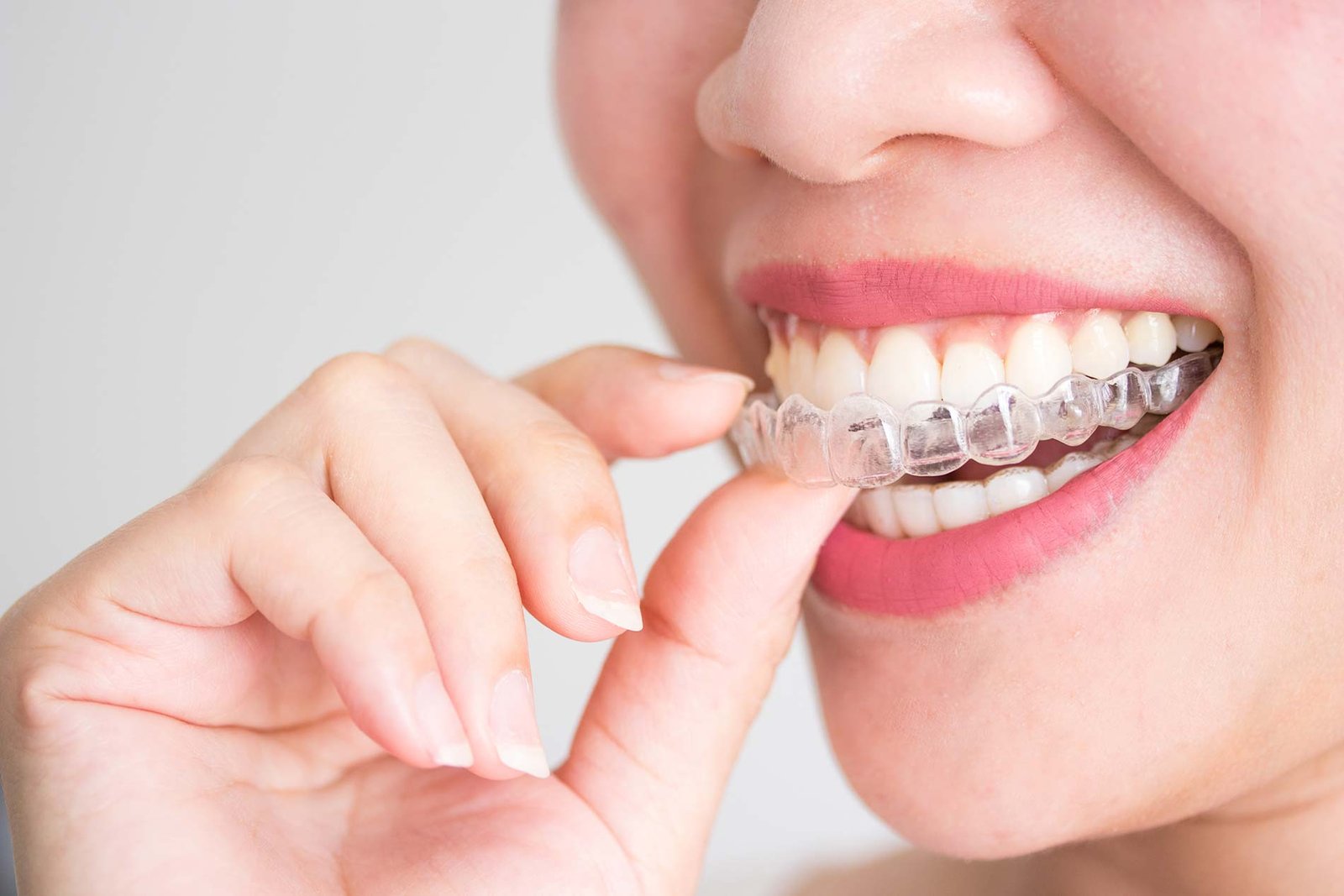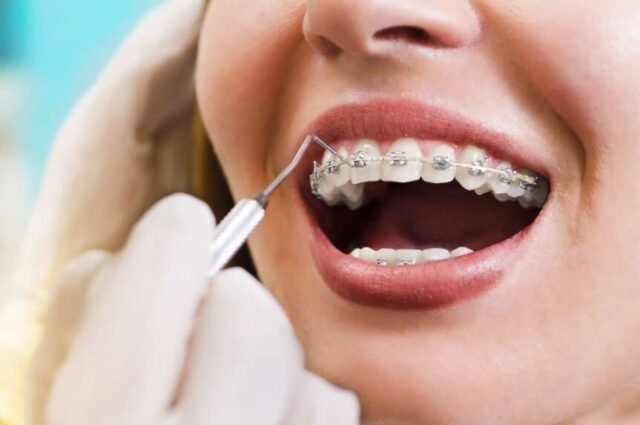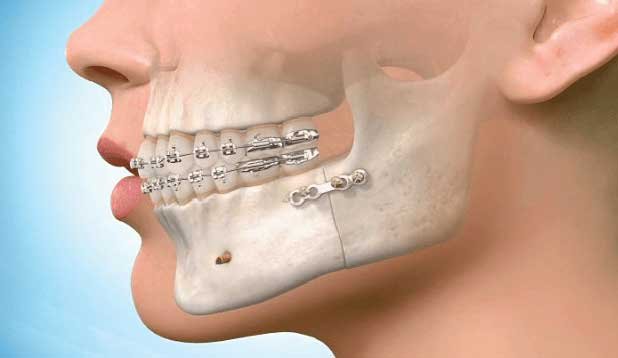Orthodontics
Orthodontics is the dental specialty that focuses on the correction of both abnormally sequenced teeth and a lack of alignment between the lower and upper jaws.
Orthodontics is the dental specialty that focuses on the correction of both abnormally sequenced teeth and a lack of alignment between the lower and upper jaws. Today, orthodontic experts can even correct the position of the jawbone in the facial skeleton, as well as congenital anomalies such as cleft lips or cleft palates.
Previously, orthodontists could only correct the visible front teeth, but thanks to advances in technology, problems with contact between the teeth (occlusion) and other jaw-related issues can now be solved as well.
Orthodontists receive extra training above and beyond that of normal dentists. In general, dentists wishing to become orthodontists must specialise in the field for four to six years after becoming a dentist and are required to submit a thesis and pass an exam before becoming fully certified.
Your dentist can provide general information as to whether orthodontic treatment is required, but only an orthodontist can provide detailed information regarding treatment, duration and cost in the event that such work is required.
Request for a Free Consultation
Leave us your contact information and we will get back to you as soon as possible.

Brackets
Commonly known as braces, brackets refer to an attachment that is secured to a tooth to hold an archwire. A wide variety of brackets are produced, but metal or porcelain brackets are most common.
Metal Brackets:
Metal brackets can also be coloured using small pieces of rubber that can be removed if desired.
Porcelain Brackets:
Porcelain brackets are especially popular among patients who want their brackets to be less visible and they can be good for patients whose problems are not extreme.
Fitting of Brackets:
After the brackets are attached to the teeth, wires are passed through the brackets to apply force on the teeth, which ultimately brings them into the proper alignment. Such treatment may continue for a few months or a few years, although orthodontists can make adjustments each month as required. Today, brackets are lighter and contain less metal
Fixed Applications Include the Following:
Special Fixed Applications:
Apparatuses to break the habit of thumb-sucking are affixed to the teeth using tape, but such devices are often installed as a final option because they cause discomfort during eating.
Removable Apparatuses:
Aligners (Treatment without Brackets):
This is an alternative to fixed treatments with brackets for adults. Aligners are used by many orthodontists to align the teeth as they do not require brackets or dentures. Aligners are generally transparent and are removed before users eat, floss or brush their teeth. Though popular among patients due to their ease of use, aligners might be ineffective for severe orthodontic problems. Your orthodontist is best-placed to determine whether aligners are right for you.


Removable Space Maintainers:
Functioning in the same way as fixed space maintainers, removable space maintainers feature an acrylic base fitted to the jaw that fills the space between specific teeth with plastic or wires.
Splints:
Splits are affixed to the upper or lower jaw to help the jaw close in a better position. Splints can also be used to rectify temporomandibular joint disorder.
Lip and Cheek Bumpers:
Bumpers push the teeth backwards to prevent lips and cheeks from coming between the teeth.
Jaw Expanders:
Made of a special acrylic and fitted to the palate, jaw expanders work to expand either the upper or lower jaw. By virtue of the force applied by the screws of the apparatus, the jaw bones below the teeth and palate can grow and expand.
Which Treatment is Applied When?
People of all ages can benefit from treatment if they only suffer from teeth problems, as opposed to larger issues related to jaw alignment. Jaw-related problems, however, are best treated during development. Orthodontists can determine the stage of a patient’s growth and development by means of “cephalometric,” or wrist, X-rays, since a patient’s bone age and chronological age do not always correspond with each other.
Goals of Orthodontic Treatment
- To ensure good chewing, speaking and breathing
- To provide patients with the best-looking teeth, jaw and face possible
- To prevent problems that can be treated with orthodontic techniques from recurring.

